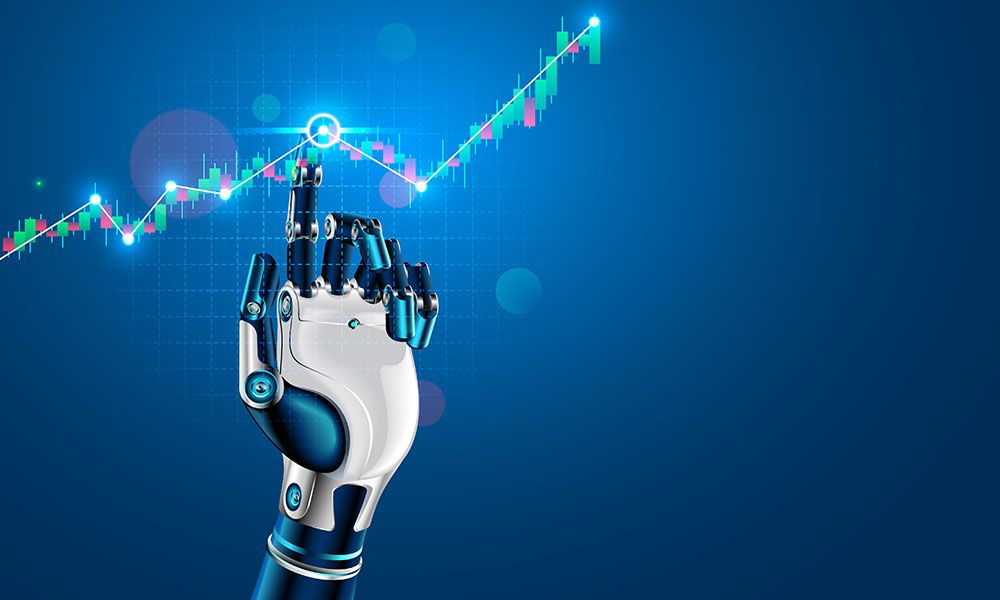The risk and reward of using AI in stock market
May 17, 2023 Leave a comment
Got invited to a talk on “A.I. for wealth creation in the stock market” at an investor’s meet in my hometown and came away completely bamboozled. The speaker, the CEO of a brokerage firm, seemingly an expert on stock markets had zero knowledge about how AI works. He threw up a few slides on AI that were incomprehensible to the largely local non-tech savvy attendees and then started demonstrating ChatGPT as the way of using AI in the stock market to make better returns. But when he was asked to query ChatGPT to predict the next day’s stock market outcomes it couldn’t.
AI is mostly being used in automation and prediction now. Fundamental to AI is data and data analytics which leads to predictive analytics. The core aspect of AI is machine learning (ML) and there are two basic types of learning – supervised and unsupervised learning. All predictions from continuously changing data such as forecasting stock or trading outcomes and market fluctuations is through supervised learning. Pattern recognition is how AI systems identify patterns in data and then use those patterns to make decisions or predictions. One of the prevalent algorithms used for more accurate predictions is the backpropagation algorithm.
Now, an ideal investment portfolio would be a combination of high risk high reward investments (stocks, mutual funds) and low risk low reward investments (government bonds), the low risk ones to offset potential losses from high risk ones. Better AI prediction models can increase investment in high risk stocks leading to higher gains. But human sentiments and emotions play a major role in stock values and we are prone to mass hysteria. AI has no emotional intelligence so AI prediction models cannot factor in data on human emotions and can consequently lead to huge stock market losses.




